World Fine Art Professionals and their Key-Pieces, 64 - René Haakman
World Fine Art Professionals and their Key-Pieces, 64 – René Haakman
I see the paintings of René Haakman in his living room at the beautiful Sweelinckplein in The Hague. The house is located on the left edge of the square, near the Reinkenstraat. On the other side, I myself once lived. As with a previous artists that I interviewed, Margriet Wagner, I see a tampura, an accompanying instrumenty in Indian classical music.
René gives a small demonstration. He takes the right attitude, sitting in cross-legged, the lotus position. You can hear the sound resonate. With his wife Karin René has traveled extensively, including India. More about that later. Besides a tampura, I see a tabla, also an accompanying instrument in Indian music. René Haakman: “I also play the violin and nowadays sing Indian ragas, my wife dances.”
The universal source
On the walls hang paintings and also on the ground there are a few. It is multicolored work with oil and sometimes other materials. ‘Matter’, as René calls it. The central theme of his work is love, nature and spirituality,he says. Why? René Haakman: “I’m not painting, it is the universal source. I feel that this source is flowing in me and that it manifests itself in inspiration and concentration. I am lucky that I can do it.”
The paintings are in between figurative and abstract / visible and invisible world. René: “This is the way the cosmos is put together. If you look into a kaleidoscope to the colored fragments that are continuously moving in an organic way, you see what you see in my paintings. Or if you look at the clouds or the stars ….. People can jump into it and see what they want to see in it.”
Free Academy / Vrije Academie
At school, in West Friesland, René was good at drawing. And in geology and history he had A’s. “Initially my drawings were naturalistic, but that turned into abstraction when I was about seventeen. For example, we had to draw a bottle. I was going to approach it differently, not exactly reproduce that bottle, but I tried to put my feelings into it.”
René Haakman followed the Vrije Academie. He began in September 1980. He was 23. Rudi Rooijackers was director at that time, Bob Bonies, the previous one, had just left. The Academy was still in De Gheijnstraat. “I learned a lot there, you could go ahead freely. The work was viewed and you got good comments. Later Werner Brenneisen and Wil Bouthoorn guided me in my development.”
René has exhibited widely. To be precise 66 times. There was an exhibition last July at Gallery Koenders and now there is one at Gallery bij Batya. We flip through a photobook about those exhibitions. In 1982 in het Paard van Troje / the Trojan Horse, in 1983 in gallery Artkicks, in 1984 in Antwerp, in 1986 in Gallery Arti et Gaudia in Boekhorststraat, in ’87, ’88 en ’89 in gallery Zagwijn on the Spui, from ’88 on in gallery Bekijk ‘t maar / Check it out / Artmediair. In ’91 at the North Sea Jazz Expo. Several times he participated in ‘the Hague Salon’ in Pulchri.
Hans Zagwijn
René Haakman: “Hans Zagwijn was well known in The Hague, he had a lot of artists from the Hague.” He shows a picture of Zagwijn with many artists around him. “He always came to your studio. He was the last of the Mohicans, he had heart for the arts. In all of the Netherlands he had his contacts where he could sell the paintings.”
In a restaurant in Brussels, Le Slave, played during dinner the famous Damian Luca with his Gypsy Orchestra. The whole ensemble was captured on the canvas. And besides arose works referring to the gypsy life. “With a caravan on it for example. It was about the ‘free life’. I got thoughts on how it would be if I would start travelling around myself.”
I also see a picture of – the now Queen, then Princess – Máxima, he shakes hands with her. “That was at the International Institute of Social Studies, in 2010. There was a five-story exhibition of his work and she was there to mark the celebration of the publication of a thesis of a student of that institute.”
Gardener
Throughout his artistic career René Haakman did other work. From selling paintings only he could not make ends meet. It started with the SWEM, invented by former alderman Piet Vink, to bring ‘alternative types’ as they were called, to work. René worked for five years for the Swem at Urban Cleaning and the Urban Plantation service. He then worked for 17 years at the Archeological department of the municipality. In Ockenburg skeletons of Roman horses were found. And also a fort which served as a watchtower from the Romans to England. Finally he ended up in Heem Gardens at the Zuiderpark. And now René is not only an artist but also a gardener. ”I followed a three year gardener training in Barendrecht from 2011 on. On March 1 of this year I started a one-man business. I do the private gardens , in Duinoord, the Vogelwijk, Statenkwartier and Benoordenhout. I go there by bicycle, with my tools in the saddlebag. It’s nice work and you are among thepeople. Sometimes people who maintain their garden very well hire me as a source of inspiration.”
It’s not a strange profession for him. His grandfather had in Grootebroek, West-Friesland an ‘estate’ where he grew tulips, cauliflower and potatoes. As a boy of nine he was allowed to go on the barge. Later on, when he was 11, he regularly went with him to the fields where bulbs were harvested. In wet days they were peeled in the barn. But in 1972 came the land consolidation. “Much of the beauty of West-Friesland then got lost. My grandfather’s heart lay there, in his fields. When he had gone there, he didn’t live very long. He deceased at the age of 68.”
Bert Rood
As promised René tells some more about his travels, which he did with his wife. In Turkey he danced derwish dances in Konya, in Egypt his wife Karin gave belly dancing classes and when the ladies had finished dancing they went with René, drawing camels in the desert. In India, they were in the train, it was in the south of India, and his wife, Karin was reading a bundle of work of Rabindranath Tagore. Who appeared to sit in front of Karin? A boy, who turned out to be a descendant of the great Tagore. “He invited us to his family.There we visited. He happened to know a gallery in Bangalore, who would have interest in my work. That proved to be true.”
At gallery Koenders not only work of René, but also that of Bert Rood was exhibited. Bert Rood originates also from West-Friesland. They sat together in elementary school, from the fourth to the sixth grade. “Bert Rood was a technically gifted person. He had an accident. During his rehabilitation , he discovered painting. We had completely lost sight of each other, but on the Internet he found out my address. At one point he knocked at my door. This is his first exhibition. His style is very similar to my early style. I made sure he took the threshold to exhibit. His inspiration is flowing. He has painted a triptych, starting from small and getting bigger in size. In addition spontaneously six other paintings.”
http://ifthenisnow.eu/nl/verhalen/de-wereld-van-de-haagse-kunstenaar-45-rene-haakman
Disclaimer: The views, opinions and positions expressed within this guest article are those of the author Walter van Teeffelen alone and do not represent those of the Marbella Marbella website. The accuracy, completeness and validity of any statements made within this article are not guaranteed. We accept no liability for any errors, omissions or representations. The copyright of this content belongs to Walter van Teeffelen and any liability with regards to infringement of intellectual property rights remains with the author.

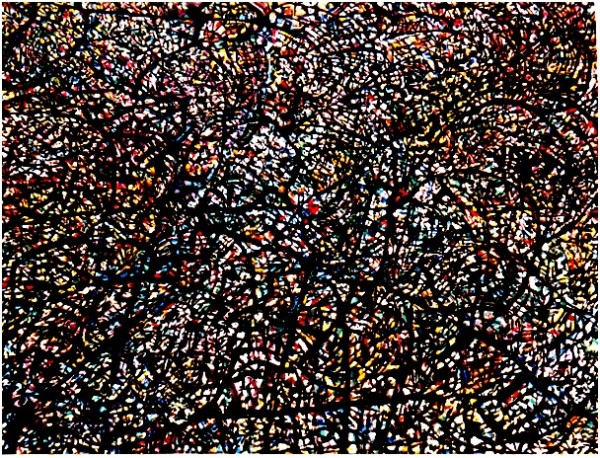
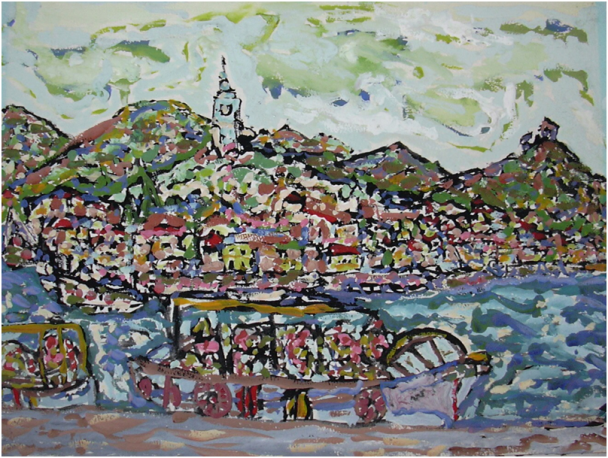
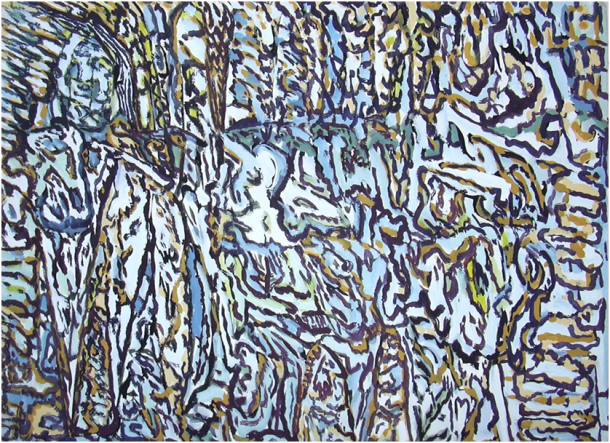
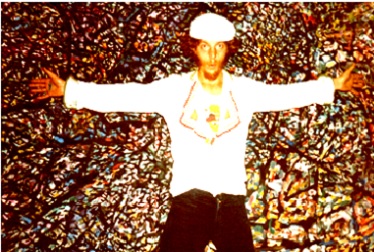
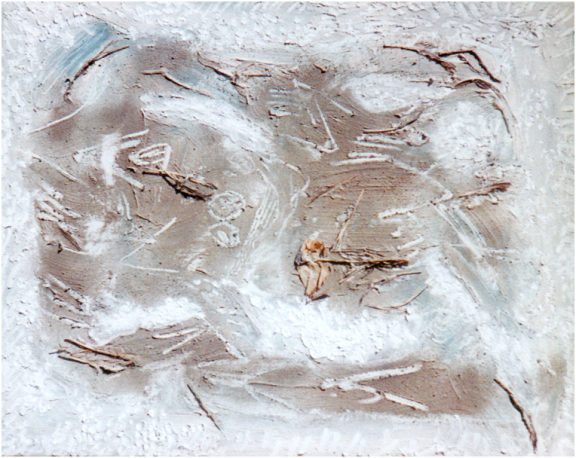
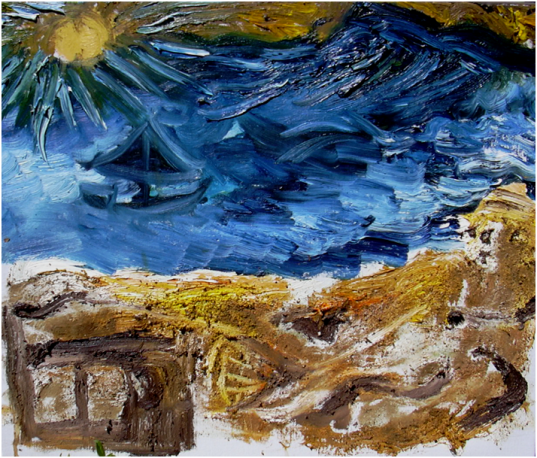
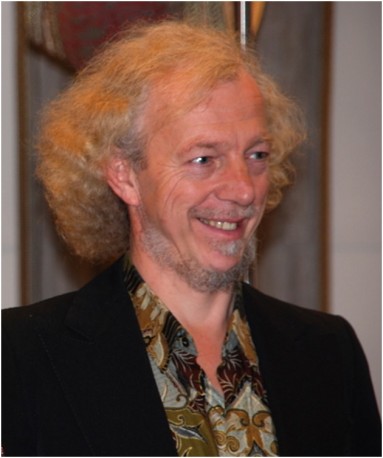

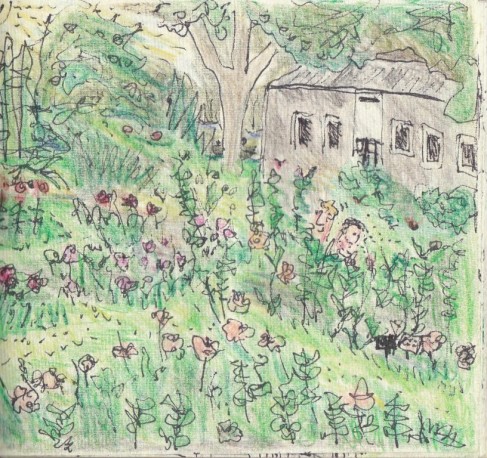
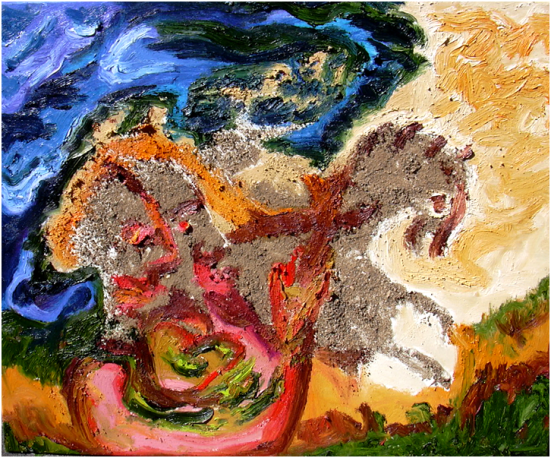














The opinions expressed by individual commentators and contributors do not necessarily constitute this website's position on the particular topic.